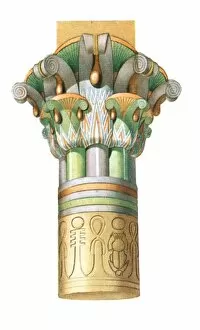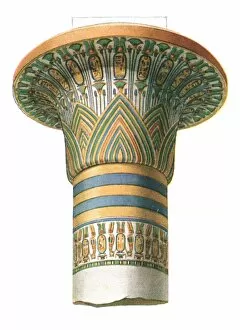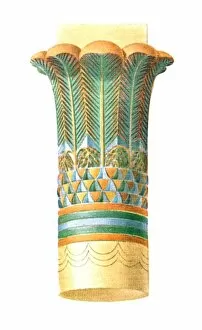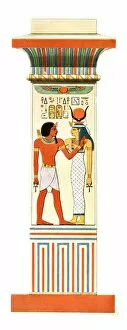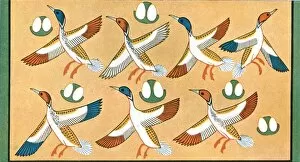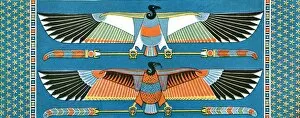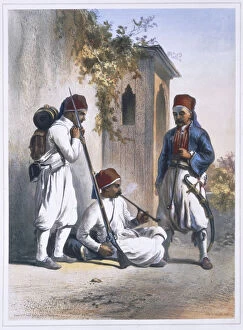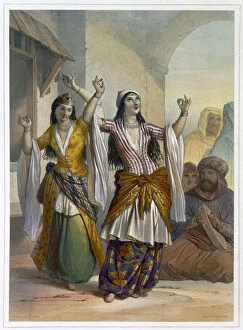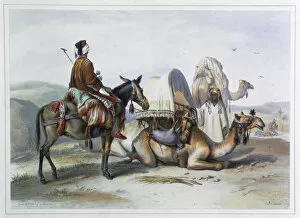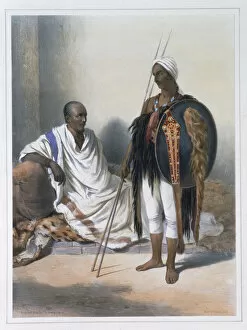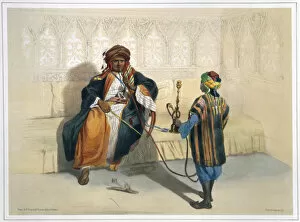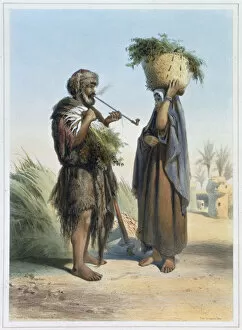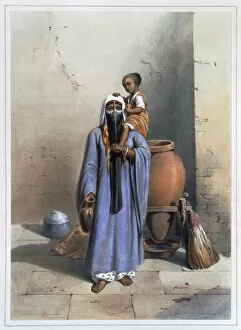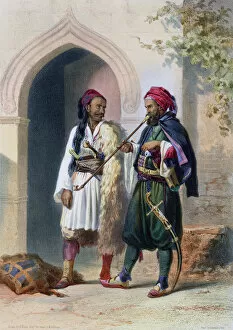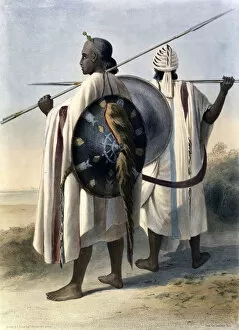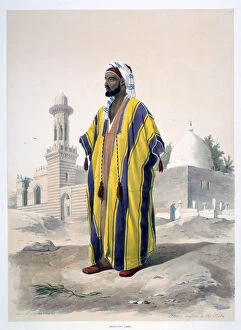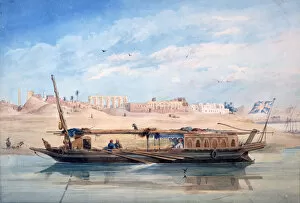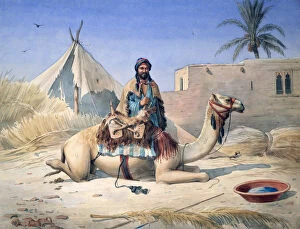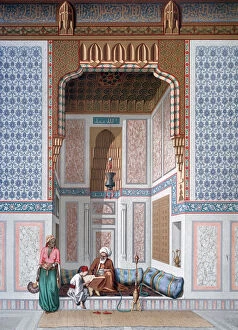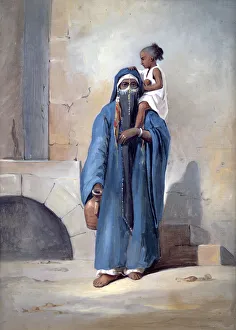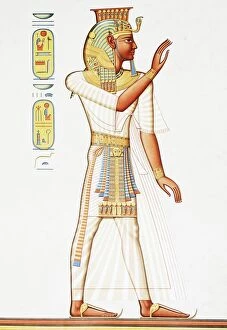Prisse Davennes Collection
"Unveiling the Ancient Beauty
All Professionally Made to Order for Quick Shipping
"Unveiling the Ancient Beauty: A Glimpse into Prisse Davennes' Egyptian Masterpieces" Step back in time and immerse yourself in the captivating world of ancient Egypt through the lens of Prisse Davennes. This collection, captured in 1928 by an unknown creator, transports us to Luxor, Edfu, Karnak, Thebes, Philae, Zawijet el Metin and beyond. In Luxor's column lies a story waiting to be unraveled. Its intricate carvings whisper tales of pharaohs and gods that once ruled this land. As we move on to Edfu's Ptolemaic capital, we witness the grandeur that adorned these architectural marvels centuries ago. Karnak reveals its secrets through another column; its imposing presence stands as a testament to Egypt's rich history. Bouquet capital from Thebes adds a touch of elegance with delicate floral motifs adorning its surface. The fusion of Ptolemaic-Roman influences is showcased in Philae's capital - a reminder of how cultures intertwined during this era. Another awe-inspiring creation emerges from Karnak; its intricacies leave us mesmerized by the craftsmanship of ancient artisans. Zawijet el Metin takes us deeper into Egypt's past with an enigmatic column that holds untold stories within its weathered facade. Philae unveils yet another masterpiece with vulture ceiling decorations symbolizing protection and divinity. As our journey continues, we are greeted by the vivid colors adorning ceilings inside tombs at Thebes and Sakkara. These paintings depict scenes from daily life and religious rituals - a glimpse into the beliefs held dear by those who have long since passed away. Prisse Davennes' photographs capture not only these remarkable structures but also evoke curiosity about their creators - individuals whose names may forever remain unknown but whose legacy lives on through their artistry.






